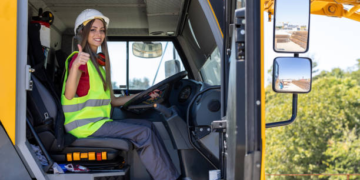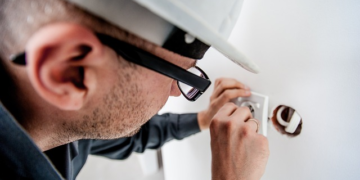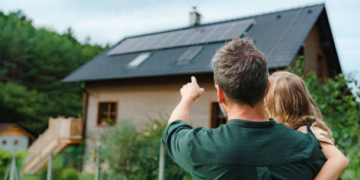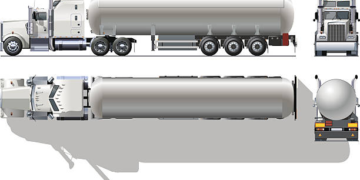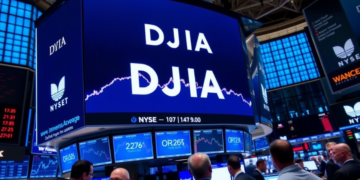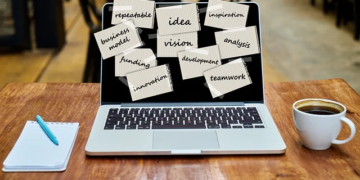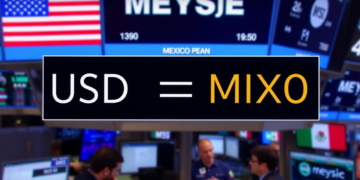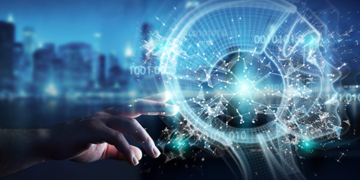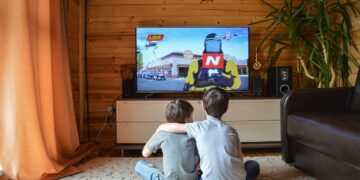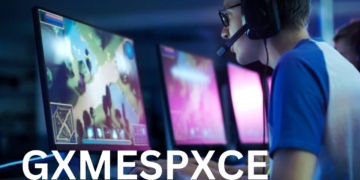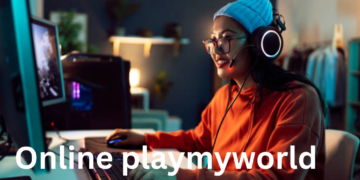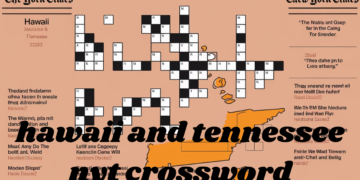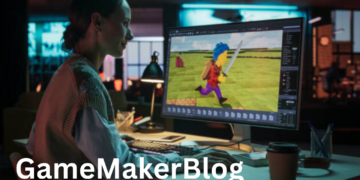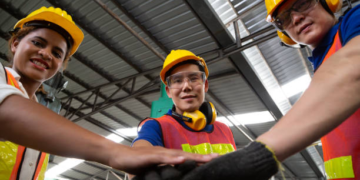In the rapidly evolving landscape of technology, AI-powered tools are redefining creative industries, with image creation being one of the most impacted areas. From generating hyper-realistic visuals to automating repetitive design tasks, AI is no longer just a supportive element; it is becoming a central player in the creative process. Among the many advancements, the role of an AI image generator stands out as transformative, offering unprecedented speed and accuracy in producing visuals tailored to specific needs.
Automation and Efficiency in Design
One of the primary trends in AI-powered image creation is the shift toward automation. These tools allow designers and marketers to create high-quality visuals without the need for extensive manual effort. Features like automatic background removal, object detection, and color correction are becoming standard. This level of automation not only saves time but also ensures consistency across projects, which is critical for branding.
Democratization of Creativity
AI is lowering the barriers to entry for image creation. Previously, designing professional-grade images required advanced skills and expensive software. Now, with user-friendly AI tools, anyone can produce high-quality visuals with minimal effort. Platforms offer drag-and-drop interfaces, pre-designed templates, and intuitive functionalities that make image creation accessible to non-designers.
Hyper-Realistic and Customizable Visuals
Generative AI models like GANs (Generative Adversarial Networks) are taking image creation to new heights. These models can produce hyper-realistic images that are nearly indistinguishable from real photographs. Furthermore, they enable extensive customization, allowing users to adjust details such as lighting, texture, and even mood to match specific requirements.
Integration with Other Technologies
AI-powered image tools are increasingly integrating with other technologies like augmented reality (AR) and virtual reality (VR). This integration enables creators to generate immersive visuals that enhance user experiences, particularly in industries like gaming, e-commerce, and virtual events. For instance, AR-powered tools can create images that come to life through smartphone cameras, offering interactive experiences.
Ethical and Creative Challenges
While AI tools open up new possibilities, they also bring ethical and creative challenges. Issues like copyright infringement, the authenticity of AI-generated content, and the potential loss of human touch in design are topics of ongoing debate. Addressing these concerns will be crucial to ensure that the adoption of AI in image creation is both ethical and sustainable.
Future Outlook
The future of AI in image creation is promising, with advancements likely to focus on improved personalization, higher-quality outputs, and broader integrations. As AI continues to evolve, it will empower creators to push the boundaries of innovation, making the impossible possible.
In conclusion, AI-powered tools are revolutionizing image creation, making it faster, more accessible, and incredibly versatile. As we move forward, these tools will not only transform how we create but also how we perceive visual content in the digital age.




